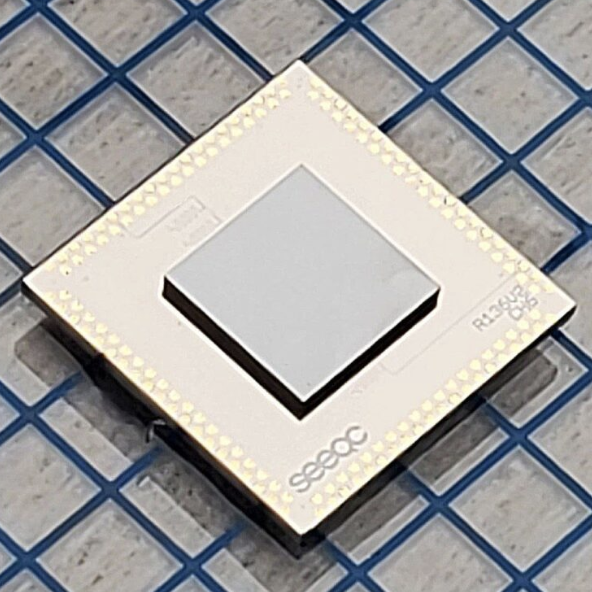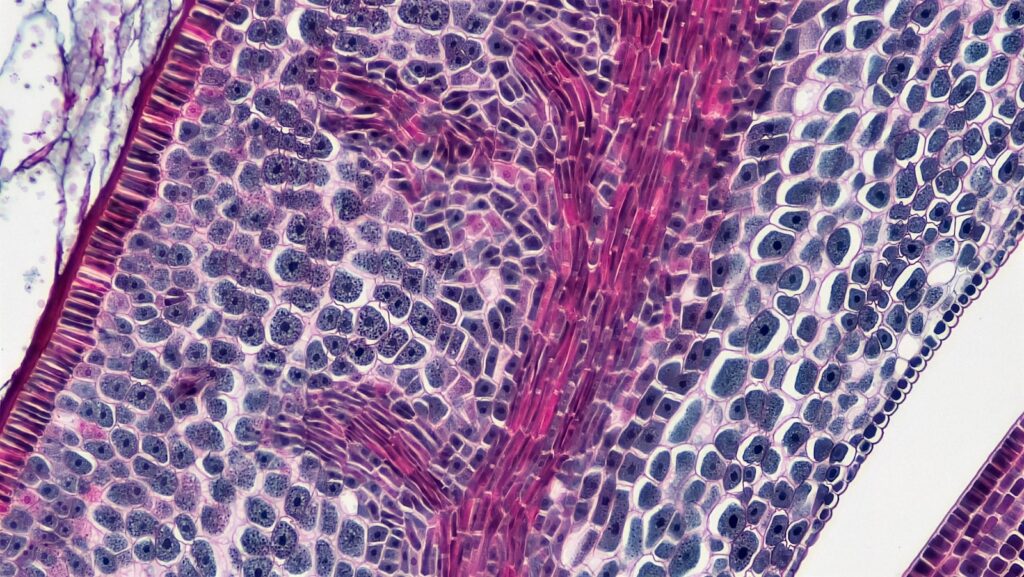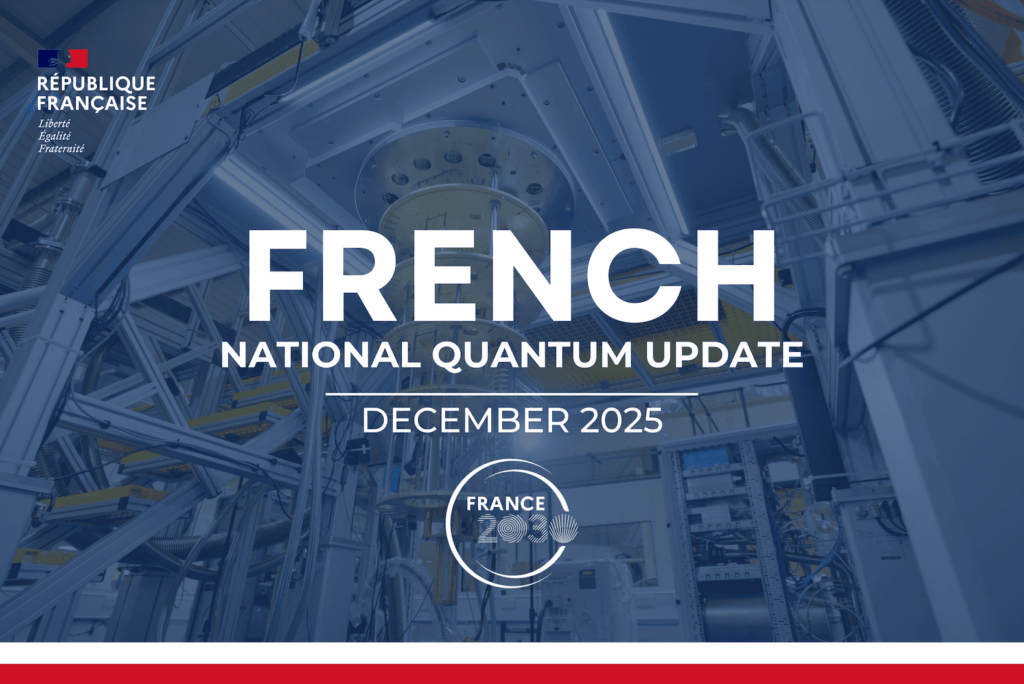Insider Brief
- SEEQC and HQS Quantum Simulations report a successful run of an algorithm on the SEEQC System Red.
- The companies say this shows great potential to achieve commercially useful quantum advantage in the near term.
- These algorithms are designed to accelerate commercial roadmaps in the chemistry and pharmaceutical industries.
PRESS RELEASE — SEEQC, the digital quantum computing company, announced with HQS Quantum Simulations that it has successfully run an algorithm on its SEEQC System Red, the company’s full-stack quantum computing system, that shows great potential to achieve commercially useful quantum advantage in the near term. SEEQCs high-quality system characterization has allowed HQS Quantum Simulations to test, for the first time on real hardware, their unique approach to perform quantum simulation on noisy quantum computers. This is an important third-party validation for SEEQC and a testament to the high quality and commercially stable performance of SEEQC Red’s platform — the company’s first-generation reference class quantum computer system.
HQS Quantum Simulations develops algorithms for quantum computers designed to accelerate commercial roadmaps in the chemistry and pharmaceutical industries. The algorithm HQS developed, once scaled has the potential to deliver quantum advantage for commercial simulations in a range of industries. IBM recently demonstrated that quantum simulation can achieve useful quantum advantage on near term gate-based quantum computers, and that solving spin-problems is a valuable step towards serious quantum algorithmic design. HQS has a unique way to simulate spin systems on noisy quantum computers which relies on a good characterization of the noise model which is available with high stability and quality on the SEEQC Red. Running the HQS algorithm proved that the SEEQC Red system had a stable and well-characterized noise model with coherence-limited performance. This is ideal for running near-term algorithms and utilizing noise mitigation methods.
“The most promising application for quantum computers is the calculation of properties of materials and molecules. SEEQC provides the fastest gate speeds available which makes it ideal for the calculation of material properties,” said Dr. Michael Marthaler, chief executive officer at HQS. “With additional integration of SEEQC’s SFQ logic chips with low latency control, readout and quantum-classical interfacing, the whole system will be even faster allowing for more results with unique precision.”

For HQS to run its algorithm efficiently – and as shown in the recent IBM announcement – fast gate speed and low latency quantum-classical interfacing is a critical requirement to achieve quantum advantage. SEEQC Red is specifically designed for fast gate speeds and SEEQC’s next-generation systems will deliver even quicker compute speeds via fast and low-latency digital control and readout. HQS is focused on future applications across a range of industries. Calculating properties of materials using quantum computers requires the measurement of average quantities, which means that it is necessary to run a calculation many times. Therefore the overall speed of each individual application of an algorithm matters.
The architecture of SEEQC Red mimics current-generation superconductor quantum computing systems with conventional room temperature analog control and readout. The SEEQC Red architecture is optimized to achieve industry-leading 2-qubit gate speeds, and the company has achieved this with average 2-qubit gate speeds of 39ns and average gate fidelities of 98.4%, among the best publicly available quantum systems operating over the cloud.
“Running HQS’s algorithm on SEEQC Red is an important third-party validation of the commercial readiness of our full-stack platform,” said Matthew Hutchings, chief product officer at SEEQC. “This proves our platform has the quality and speed to deliver useful application performance today. By integrating our digital chips into our next-generation systems, we are in a unique position to deliver systems with the scale and performance needed to unlock commercial quantum advantage for HQS’s algorithms.”
SEEQC Red is currently available for its existing customers and partners, including Merck KGaA, Darmstadt, Germany, and its newest partnership with BASF SE, Ludwigshafen, Germany. Previously, Merck had formed strategic engagements with both companies, including an investment in Seeqc via its corporate venture capital fund M Ventures, and award of a research grant to HQS. SEEQC is on track to use its technology in test and data centers through public and private partnerships worldwide.
For more market insights, check out our latest quantum computing news here.















